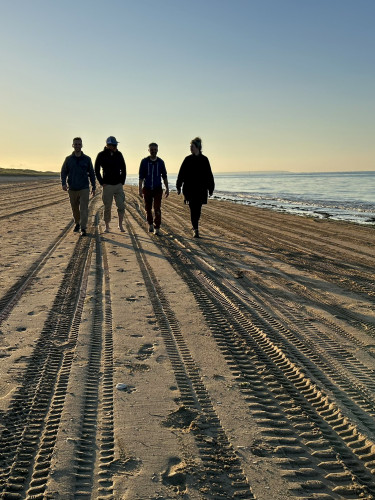
Conservation / Protecting marine turtles at APLNG

Prentis West / Focused on safety

Strategic moves / How ConocoPhillips is expanding its global LNG business

SPIRIT Values
The words are not proprietary to our company but the combination and the acronym are pure ConocoPhillips.
Building Alpine's ice road
Each winter, starting in mid-December, ConocoPhillips constructs an ice road to its Alpine oil field on Alaska’s North Slope. The ice road melts during the summer and requires annual reconstruction.








